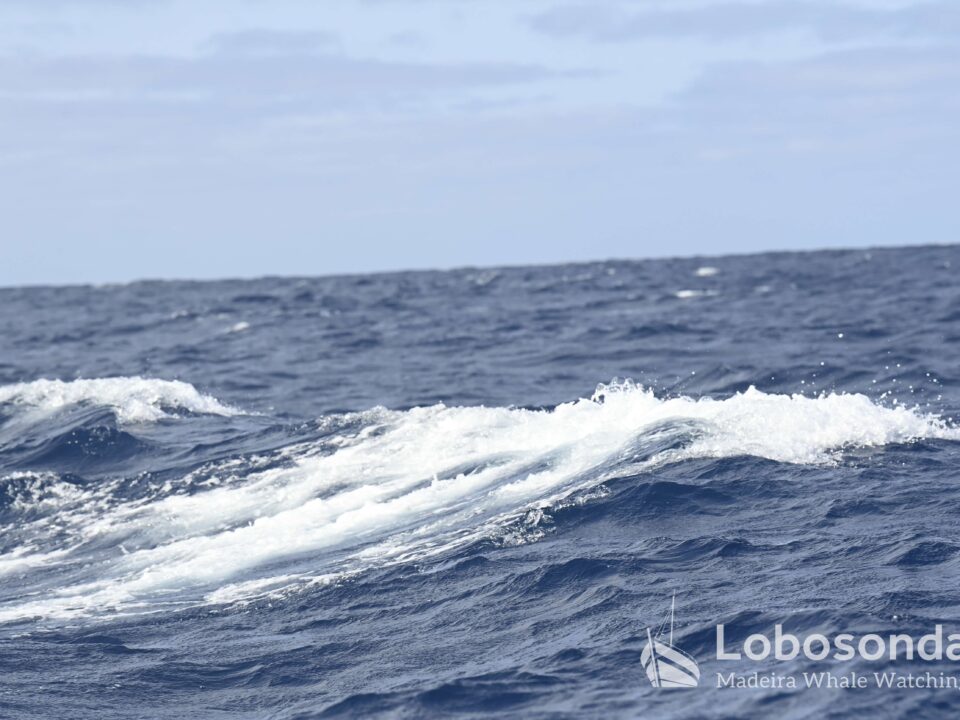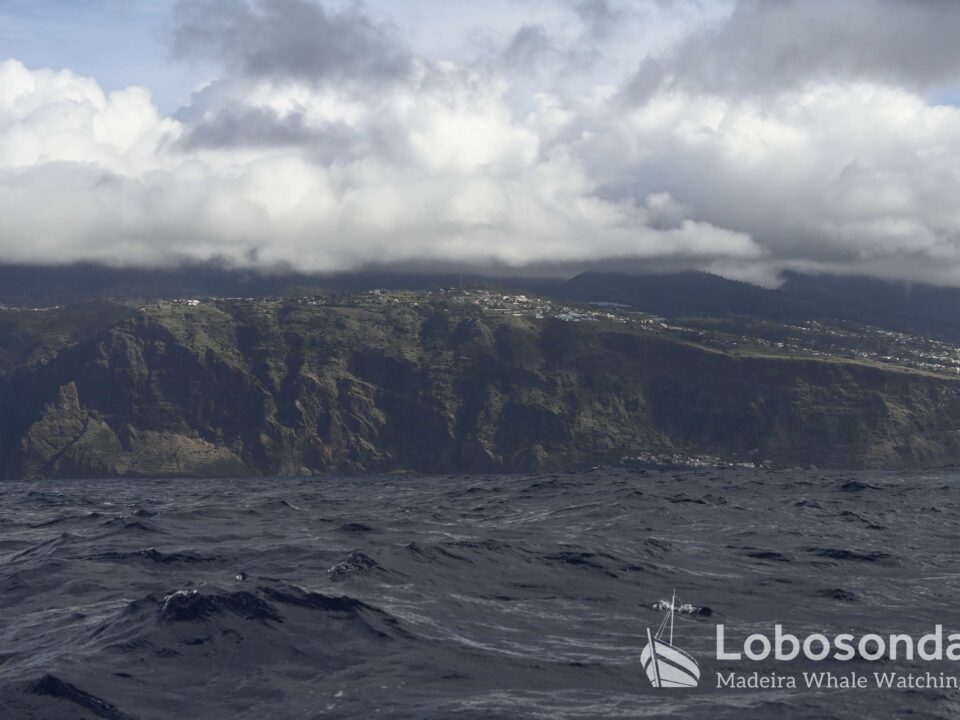
11.12.2021 – Sunset trip
December 18, 2021
16.12.2021 – Just
December 22, 2021It’s incredible how the most vast and mysterious of places on earth, our ocean, can feel like home. Every time I return to work on the Atlantic it always magically feels like going home and the spectacular mood and sighting during our afternoon tour on the Stenella made feel all the more familiar.
Short-finned pilot whales (Globicephala macrorhynchus) belong to the most sighted species of cetaceans here in Madeira and recent studies on the macaronesian populations has shown that, for certain “resident” pods our little archipelago forms an important part of their home range. The term “home range” perfectly describes the way many marine predators like the pilot whales use their habitat. Scientists conducting research on species habitat use, aim to decipher distinct migration patterns and learn more about the animals life cycles as well as target valuable areas for conservation. Top predators often act as ecological indicators, with changes in their patterns often signalling changes in the marine ecosystems they thrive in. So understanding the distribution and movement of predators such as cetaceans can help us protect as well as understand our oceans a little better.
Today the pilot whales lounged and socialised at the surface and two juveniles even curiously approached our boat, a behaviour we rarely see in the passive pilot whales. We ended the tour with sightings of two sea birds; a juvenile gannet, likely a Northern Gannet (Morus bassanus) and a Great cormorant (Phalacrocorax carbo). In contrast to the pilot whales, both bird species are thought to use Madeira as a useful pitstop during their migrations rather than as a home range.
The way cetaceans use their habitat definitely emphasises the fact that home is actually a feeling not a place. It’s that warm familiarity that you take with you to an environment that always makes you feel welcome. The Atlantic Ocean definitely does a wonderful job in making me feel that way.
By Paula Thake
Sightings of the day
Stenella
15:00 Short-finned pilot whales














